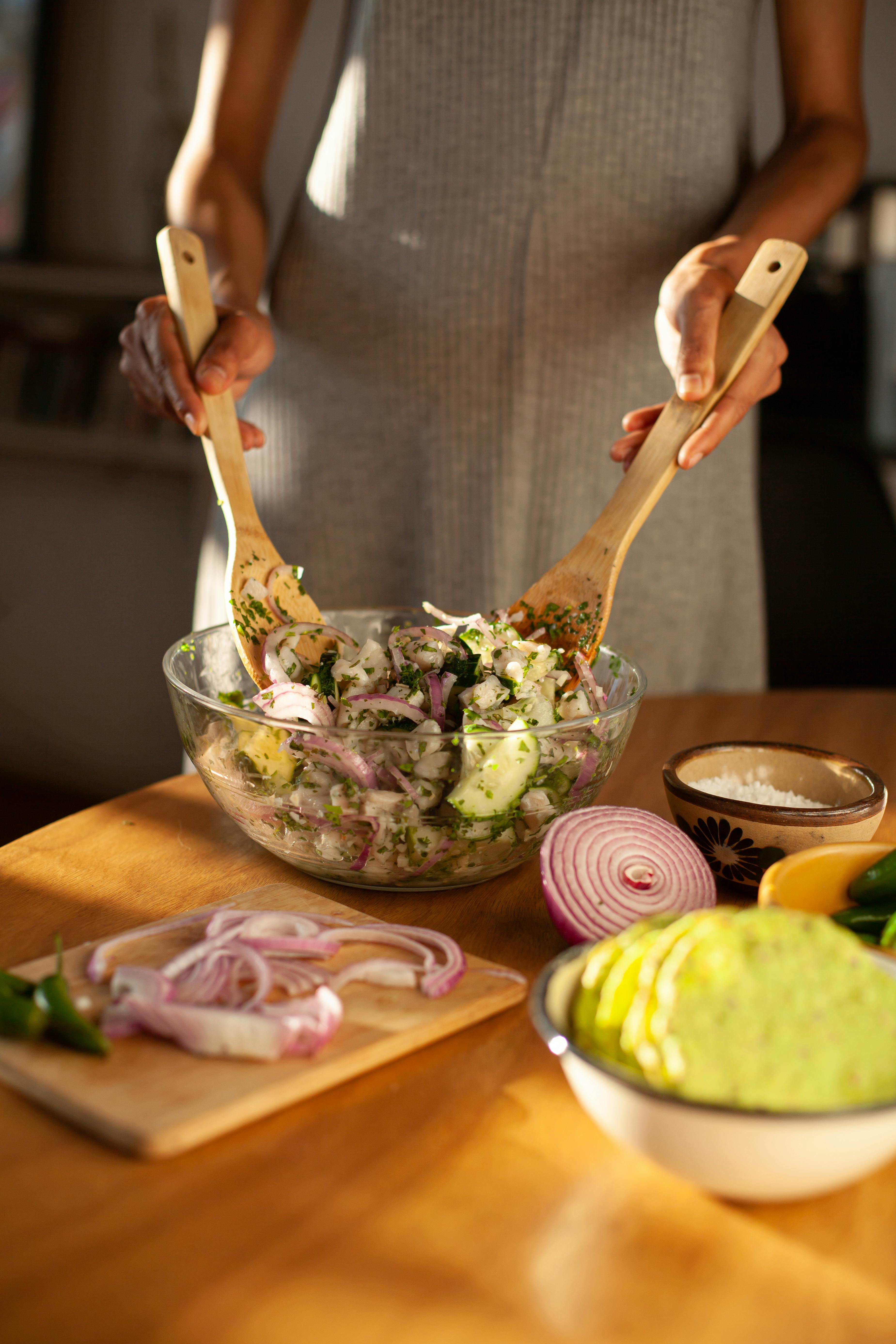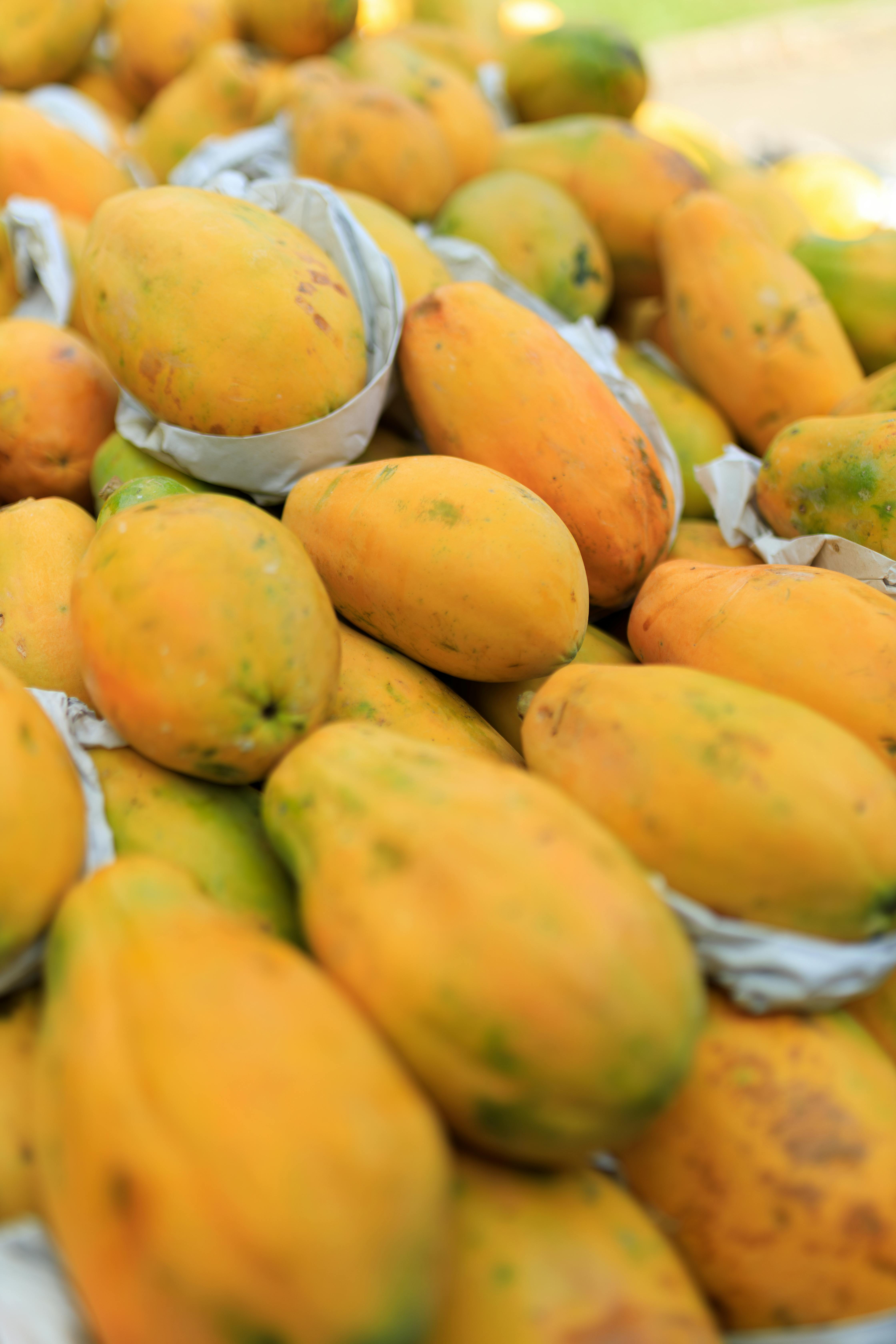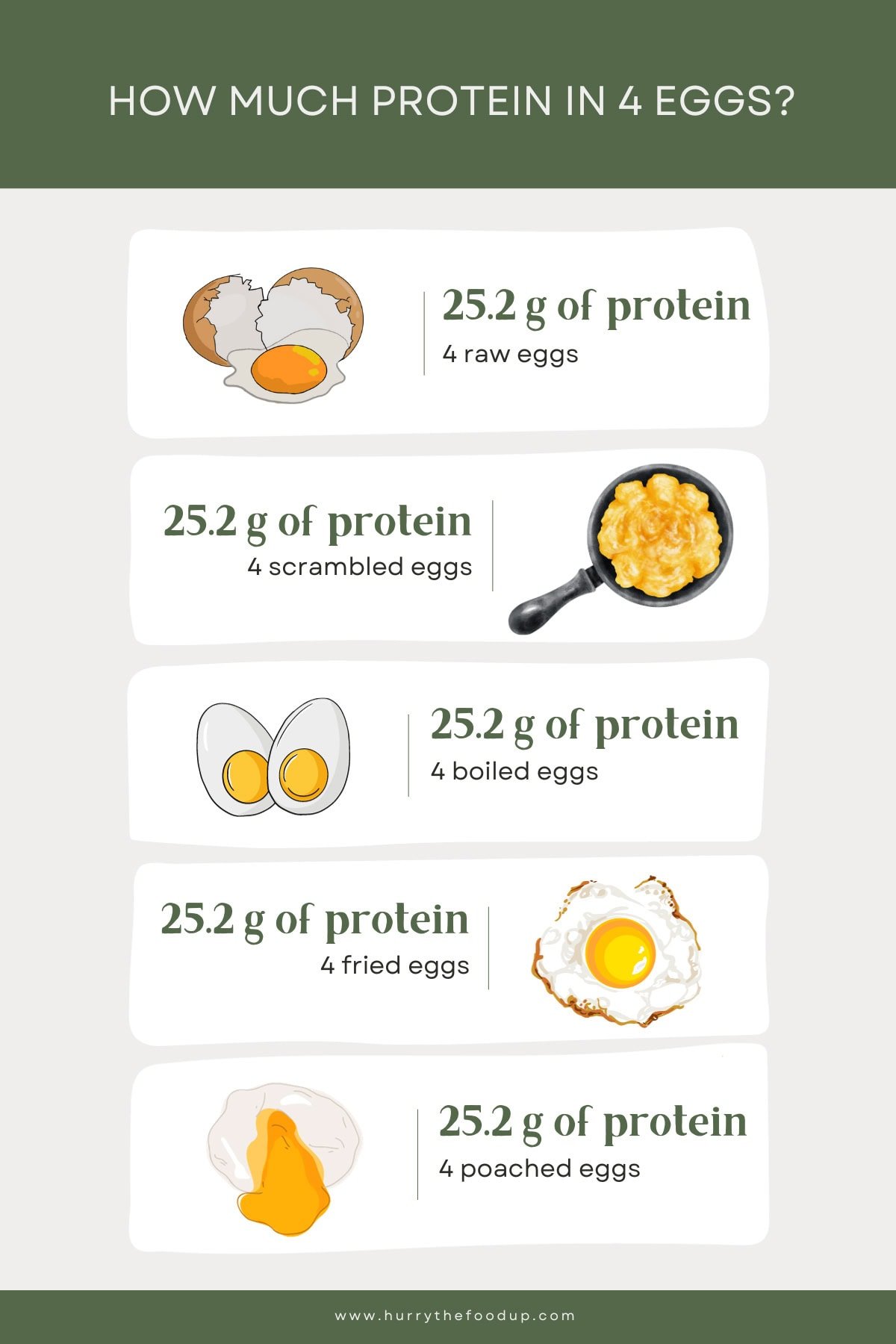Practical Guide to 1000 Calorie Diet for Quick Weight Loss 2025

Practical Guide to 1000 Calorie Diet for Quick Weight Loss
The 1000 calorie diet is often pursued for rapid weight loss, and while it can be effective in the short term, understanding its principles, nutritional balance, and health implications is crucial. This guide aims to provide a comprehensive overview of the 1000 calorie diet, focusing on meal plans, healthy eating habits, and the emotional aspects of dieting. By approaching the diet with practical strategies, you can navigate the challenges of calorie restriction while maintaining nutritional adequacy and achieving your weight loss goals.
Benefits of adhering to a 1000 calorie diet include quicker weight loss results, improved portion control, and heightened awareness of food choices. However, it's essential to ensure that this diet aligns well with your lifestyle and health objectives. Below, we will explore meal planning strategies, sustainable approaches to weight loss, and the importance of balance in your diet.
This guide is structured into several key sections that detail aspects of the 1000 calorie diet, including how to construct a meal plan, manage cravings, and maintain nutritional adequacy. By the end, you will have the tools to successfully implement a 1000 calorie diet in a healthy way.
Essential Meal Plan for 1000 Calorie Diet
Building on our understanding of the 1000 calorie diet framework, let's delve into crafting a balanced meal plan that promotes quick weight loss while supporting nutritional needs. Below, we'll outline a typical day on the 1000 calorie diet, highlighting the importance of portion sizes and meal distribution.
Sample Daily Meal Plan Breakdown
Here’s an example breakdown of calories across meals. This plan can help you visualize your eating schedule while ensuring that you remain within the calorie limit.
- Breakfast (250 calories): Overnight oats made with 1/2 cup of oats, 1/2 cup of almond milk, and 1/4 banana.
- Lunch (300 calories): A large salad featuring mixed greens, 1/2 cup of chickpeas, assorted colorful vegetables, and a light vinaigrette.
- Snack (100 calories): A small apple or a handful of baby carrots with hummus.
- Dinner (350 calories): Grilled chicken breast (3 ounces) with steamed broccoli and 1/2 cup of quinoa.
Creative substitutions can help add variety while still keeping calorie counts in check. For example, using chickpeas instead of higher-calorie proteins not only lowers caloric intake but boosts fiber content.
Importance of Portion Control
Portion control plays a critical role in successfully managing a 1000 calorie diet. Understanding appropriate serving sizes enhances your ability to enjoy a variety of foods without exceeding calorie limits. Utilizing kitchen tools like measuring cups or food scales can help you visualize portion sizes accurately.
In addition to visual cues, consider using the plate method: fill half your plate with vegetables, one-quarter with lean protein, and one-quarter with whole grains. This ensures a balanced intake of nutrients while adhering to calorie restrictions.
Nutritional Balance in a Caloric Deficit
Focusing on quality rather than quantity of calories is crucial. Choosing nutrient-dense foods helps maintain energy levels and prevents the deficiencies associated with restrictive diets. Foods rich in dietary fiber, proteins, and healthy fats not only contribute to satiety but support overall wellness, preventing fatigue and maintaining metabolic health.
Strategies for Managing Cravings
With these fundamentals established, it's natural to experience cravings while on a 1000 calorie diet. Understanding and managing these cravings effectively can lead to sustained compliance and reduced risk of binge eating.
Mindful Eating Techniques
Practicing mindful eating can be highly effective in managing cravings. This involves slowing down during meals, savoring each bite, and paying close attention to hunger and fullness cues. By focusing on the sensory aspects of eating, you can often find satisfaction with smaller portions.
To implement mindful eating, try turning off distractions during meals, such as electronic devices, and aim to eat at a designated place. Engage in conversations or quietly reflect on your meal's taste and texture.
Hydration and Its Role
Staying hydrated can also help curb cravings. Often, our bodies confuse hunger with thirst. Ensure you are drinking plenty of water throughout the day to maintain good hydration levels, which can also aid in metabolism and digestion.
Healthy Snacks to Satisfy
If you find that cravings strike between meals, having healthy snacks readily available can be a lifesaver. Opt for low-calorie, nutrient-dense snacks like cucumber slices, celery sticks, or a small handful of nuts. These options not only fit well within your calorie limits but also support your nutrition goals.
Incorporating Exercise into Your Diet Plan
Following a 1000 calorie diet isn’t solely about calorie counting; incorporating exercise is vital for long-term weight management. Exercise boosts metabolism and supports fat loss while improving overall health.
Recommended Exercise Routines
Consider implementing both cardio and strength training into your weekly routine. Aim for a minimum of 150 minutes of moderate aerobic activity each week, along with two days of strength training to build lean muscle mass. This combination promotes a healthier body composition and a greater caloric burn.
Creating a Sustainable Routine
It's important to create a routine that fits seamlessly into your lifestyle. Think about your daily schedule when planning workouts and consider preparing meals ahead of time to avoid the temptation of unhealthy food choices.
Monitoring Your Progress
Tracking your progress can be motivational. Whether through an app or a simple food diary, note the foods you eat, the exercises you perform, and how you feel through the process. This not only keeps you accountable but helps identify patterns that can contribute to setbacks.
Tips for Success with the 1000 Calorie Diet
Transitioning to a 1000 calorie diet does not have to be overwhelming. By focusing on practical tips for success, you can achieve your desired results sustainably.
Meal Prep Techniques
Meal prep is an essential part of maintaining a calorie-restricted diet. Set aside one day a week to prepare meals in bulk. Portion them into containers for easy access, which makes it easier to resist the temptation of high-calorie options.
Embracing Variety in Meals
Cultivating meal diversity is crucial to prevent diet fatigue. Experiment with different cooking methods—such as grilling, roasting, and steaming—and include a variety of colorful fruits and vegetables to your diet. This promotes a rich nutrient intake that benefits both physical and emotional health.
Seeking Community Support
Engaging with community support can enhance your motivation. Join online forums or local weight loss groups that share similar goals. Community feedback fosters encouragement and accountability along your weight loss journey.
Q&A: Common Questions About the 1000 Calorie Diet
Is the 1000 calorie diet safe for everyone?
The 1000 calorie diet can be beneficial but may not be suitable for everyone. It's crucial to consider individual health conditions and consult a healthcare provider before beginning any extreme dietary changes.
How can I ensure I'm getting enough nutrients on a 1000 calorie diet?
Focus on whole foods, including lean proteins, colorful fruits, vegetables, and whole grains. Choose nutrient-dense foods that are low in calories but high in vitamins and minerals. Consider a multivitamin supplement if you're concerned about any deficiencies.
Can I exercise while following a 1000 calorie diet?
Yes, exercise can be beneficial while on a 1000 calorie diet. However, listen to your body and adjust the intensity of your workouts according to your energy levels. Moderate exercises like walking can enhance weight loss without exhausting you.
How do I deal with cravings during the diet?
Mindful eating, staying hydrated, and incorporating healthy snacks can help manage cravings. It's essential to differentiate between emotional and physical hunger to navigate the diet successfully.
Conclusion
The 1000 calorie diet can lead to quick weight loss, but success comes down to maintaining nutritional balance and practicing mindful eating habits. By understanding your portion sizes, preparing meals in advance, and engaging in regular exercise, you can achieve sustainable results. Always remember that your approach to dieting should prioritize overall health and well-being alongside your weight loss goals.
 example.com/image2.png
example.com/image2.png
 example.com/image3.png
example.com/image3.png